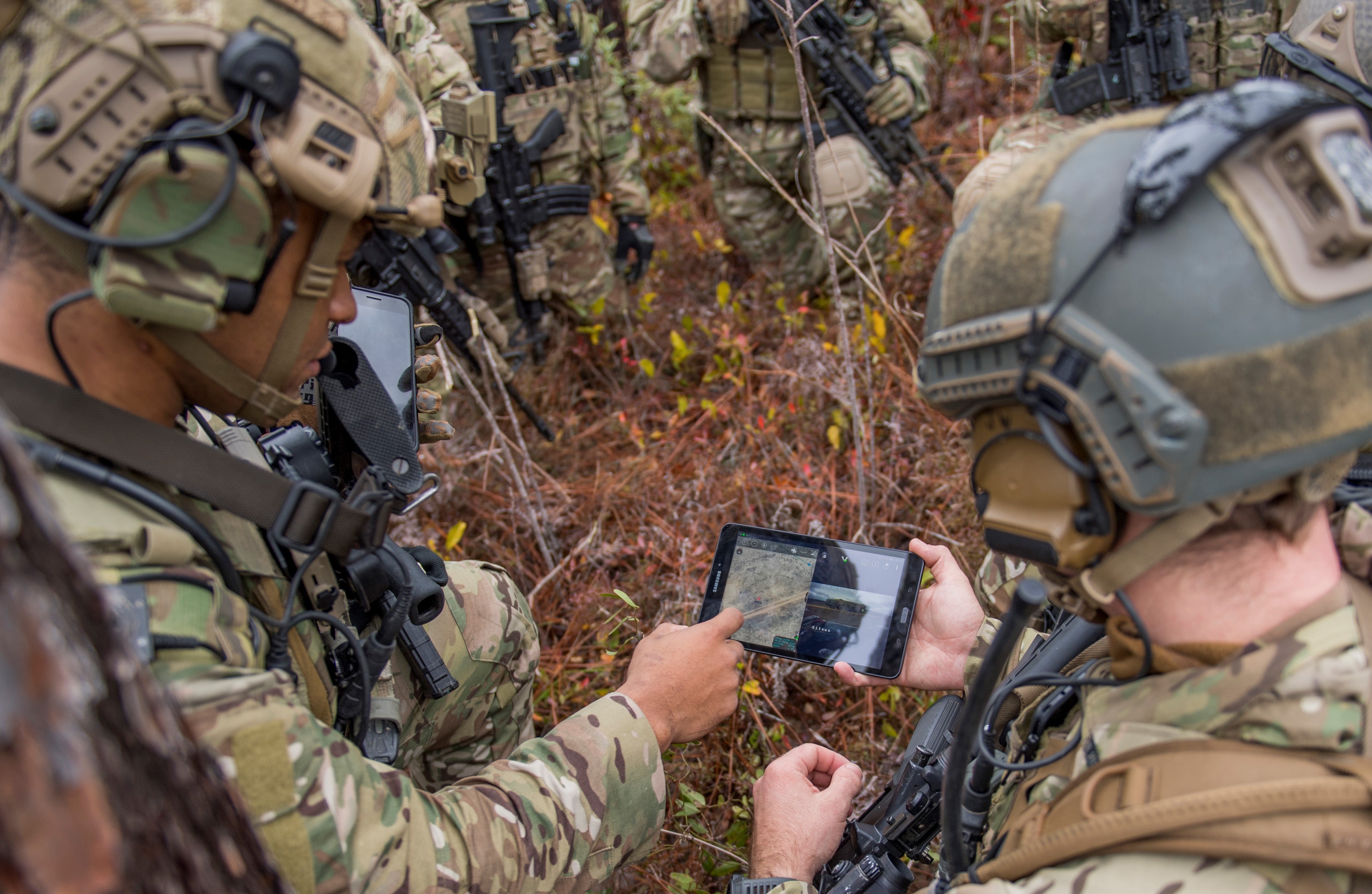WASHINGTON — U.S. Special Operations Command’s top IT official delivered a blunt message to industry Thursday: “I want you to rethink your business models.”
SOCOM CIO Lisa Costa requested more flexible tools for operators that the command can easily tailor to mission needs. “Think about not necessarily always proposing a full stack solution, but instead focusing on providing infrastructure as a service, data as a service, algorithms as a service, and keeping those separate so that we can mix and match them for the next unknown mission,” she said at the National Defense Industrial Association’s Special Operations Forces Industry Conference
Costa’s comments reflect a shift across the military that the technology it buys must be flexible as it prepares for constantly evolving threats in future wars. In the next few decades of warfare, the military must process mass amounts of data at the edge to ensure operators have the most up-to-date information possible, all while withstanding jammed communications.
What special operations forces need going forward, Costa said, is next-generation tools and platforms that will allow for resilient communications and network logins, secure access to data across classification levels and cloud-agnostic solutions that reach from the SOF enterprise to the battlefield — all while being interoperable. Costa wants to get away from the logistical nightmare of delivering pallets of hardware with proper cooling equipment into “incredibly” austere environments. Instead, she wants phones or tablets to adapt to needs.
“What I really want is I want to enable the hardware that we currently have in place and let’s say it’s a phone to be the thing I need it to be at that moment in time,” Costa said. “So it could be an unattended ground sensor. It could be a router or an AI computational processor. What’s key here is using process much like we use today to update, for example, your iPhone or your iPad. We can enable hardware to be computationally different from what it was originally deployed to be, and then return it back to its original place.”
With data at the center joint all-domain operations, SOCOM’s IT shop is also developing common data fabric for special operations forces that would allow for secure data access to operators across SOCOM.
“We no longer can afford to put our data into mission silos,” Costa said. “That data has to be discoverable to everyone at the security classification that it resides.”
Chief Warrant Officer Robert Byrd, SOCOM’s chief enterprise engineer, said at the conference that the data fabric effort is still in the “nascent stages.” Byrd said that the CIO team is working with SOCOM’s chief data officer to define what data SOCOM users have. From there, Byrd said SOF will decided what use cases and missions the fabric will need to serve, as well as work with its components and the military services to identify areas of interoperability.
SOCOM’s IT needs fit into its ongoing effort to provide operators with vast amounts of tactically relevant data in battle, an effort called the Hyper-Enabled Operator. One area the IT office is contributing to HEO is through edge data processing pilots, or ensuring that operators have high compute power on the battlefield.
“An operator who may be in a team who may be disconnected for a significant amount of time, not only do they need to have the ability to have access to information, but they also need the ability to process the information that they’re collecting,” Costa said.
In a call with reporters Tuesday, SOCOM’s director of science and technology, Lisa Sanders, said the command is experimenting with edge computing to evaluate it for the battlefield. The critical research area for the command right now is connectivity and what tradeoffs to make in terms of connectivity in disconnected environments.
“We are balancing what capability we can get without any connectivity back to a cloud-based environment and trading off how can that be used tactically because of the smaller sized servers operators need in battle,” Sanders said.
“Is it more important for [operators] that it’s small, and it’ll last on the battery power that you’ve got for a certain amount of mission ... or is it more important that you have greater capability, and maybe I use something bigger than a handheld device, maybe I put something in a truck or I put something back in base, and I connect to that base. So those trade-offs are really the experimentation that we’re doing in edge processing.”
Andrew Eversden covers all things defense technology for C4ISRNET. He previously reported on federal IT and cybersecurity for Federal Times and Fifth Domain, and worked as a congressional reporting fellow for the Texas Tribune. He was also a Washington intern for the Durango Herald. Andrew is a graduate of American University.








